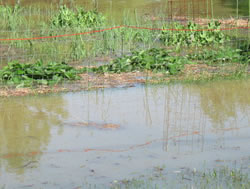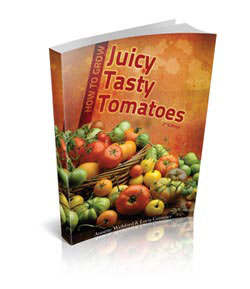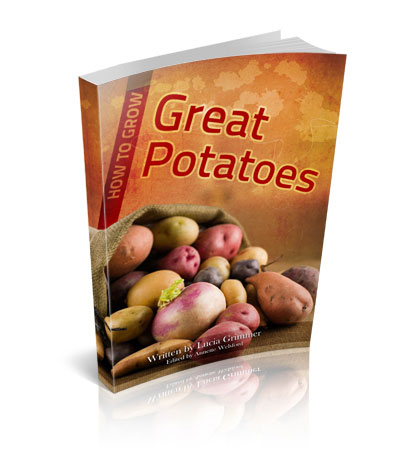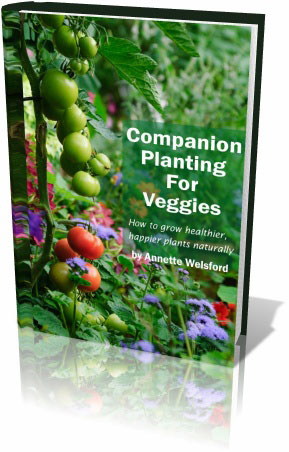The Effect of Flooding in Soils – Part 1
 The summer season of 2010/2011 has seen widespread flooding in many areas. We’ve received a number of enquiries from growers of tomatoes, potatoes and other vegetables – “what do I need to do to my soil after a flood?”
The summer season of 2010/2011 has seen widespread flooding in many areas. We’ve received a number of enquiries from growers of tomatoes, potatoes and other vegetables – “what do I need to do to my soil after a flood?”
There are many things that happen to soils with intense rain and more water than soils can absorb, and the effects are modified by soil type:
- Intense rain causes compaction of the top layer of soil.
- In sandy soils where there is little organic matter, nutrients are stripped or leached out of the profile very rapidly – but the soils do drain quickly.
- In soils with a clayish sub-soil (this is widespread in Australian soils), water will seep down to the clay layer and then sit there because it cannot go any further down the profile.
- Clayish soils, which have a high water holding capacity, will lose oxygen as more and more water seeps into the profile. In addition to this, nitrogen starts to convert into the gaseous form and is given off from the soil.
- Rapid build up of water on the surface can cause erosion and loss of top soil.
- Beneficial soil microbes will die.
- Loss of oxygen causes plant systems to close down. The roots stop drawing nutrients out of the soil.
What Can be Done to Treat Flooded Soil?
Firstly, nothing should be done whilst the ground is wet. It is best to wait for all the water to drain away and for the soil to reach a consistency where you can roll it into a ball in your hand and the ball falls open. If you try to dig or work the soil whilst it is wet, you will damage its’ structure. Working it wet results in the soil not being able to hold as much oxygen and becoming compacted and therefore cloddy. It is hard for soil to recover from this state.
Growers who have worked on creating a healthy mix by regularly adding compost, manure or humic acid, however, will find that their soils recover better from flooding events. Any form of organic matter will better withstand compaction from heavy rain and will suffer less leaching – especially sandy soils – which will also not erode as quickly.
Where soil has been lost, it is recommended that organic matter be worked into the top 10cm once it is dry; within months, the topsoil will start to regain its’ structure and health. With the development of a healthy ground structure will come the development of new soil microbes. They live off the carbon that is added through organic matter; these microbes will then mineralise nutrients in the soil and help to make them available to your plants. They also kill off pathogenic organisms in the soil that will cause disease thus helping your plants to stay healthy.
Organic matter also holds onto oxygen and other nutrients in the soil and makes these nutrients and oxygen available for crops to absorb. The extra oxygen that can be held in the soil by organic matter also helps to oxygenate the soil – necessary for plant health because plants cannot absorb nutrients without a certain level of oxygen in the soil. When oxygen levels are low, conditions are created for some pathogenic organisms to thrive and they will infect crops which are under stress because of the low levels of oxygen and other nutrients.
Organic matter is beneficial in every possible way to both soil and plant health. Healthy soils mean healthy plants.
The next article in this series will deal with amending nutrition in flood affected soils and crops.
Tags: floods, soil preparation, soil treatment












